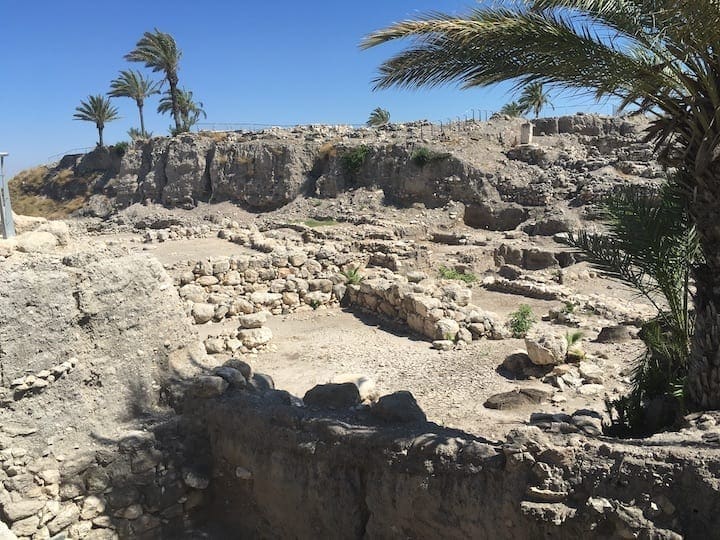A paper presented at the American Schools of Oriental Research (ASOR) meeting last week put me in the mood for pound cake. Really.
I didn’t get to hear the lecture, because my teaching schedule renders it impractical to attend both ASOR and the Society of Biblical Literature (SBL) meetings — which are usually held back-to-back in the same city, but at sites some distance from each other. Fortunately, SBL also features an “Archaeology and the Biblical World” section.
Bruce Bowers of Science News did attend the ASOR meeting, however, and reported on a paper by Vanessa Linares of Tel Aviv University entitled “Long distance trade: Vanillin as a mortuary offering in Middle Bronze Age Megiddo.” Linares reported that an analysis of three jugs from an elite tomb discovered at Megiddo in 2016 found that residue inside contained two primary compounds commonly found in vanilla extract, including vanillin. Megiddo, located on the Via Maris (the main trade route through Palestine), was such an important and strategic city that it was often one of the first targets for invading armies: excavations have shown more than 20 occupation levels at Megiddo, many marked by destruction layers.
The discovery was a surprise because the tomb dated from the Middle Bronze III period (about 3,500 years ago), and Megiddo is a very long way from Mexico, where it has been commonly thought that vanilla was first discovered and used. The vanilla orchid plant, however — which produces the beans from which vanilla is derived — is also found in many tropical areas. The chemical profile of the vanillin from the jugs, Linares said, matches that of plants found in East Africa, India, and Indonesia. Ancient trade routes were quite impressive, and it’s likely that the vanilla found in Megiddo came from India by way of Mesopotamia — though East Africa is also a possibility.
The vanilla appears to have been infused in olive oil, and must have been considered quite precious, as it was found along with other valuable grave goods, including jewelry of gold, silver, and bronze. Whether the sweet-smelling infusion was used for cooking or as a perfume is unclear. We can be sure Megiddo’s ancient occupants didn’t eat the sort of pound cake many will enjoy this holiday season, but whatever its use, it must have been considered quite a treat.




